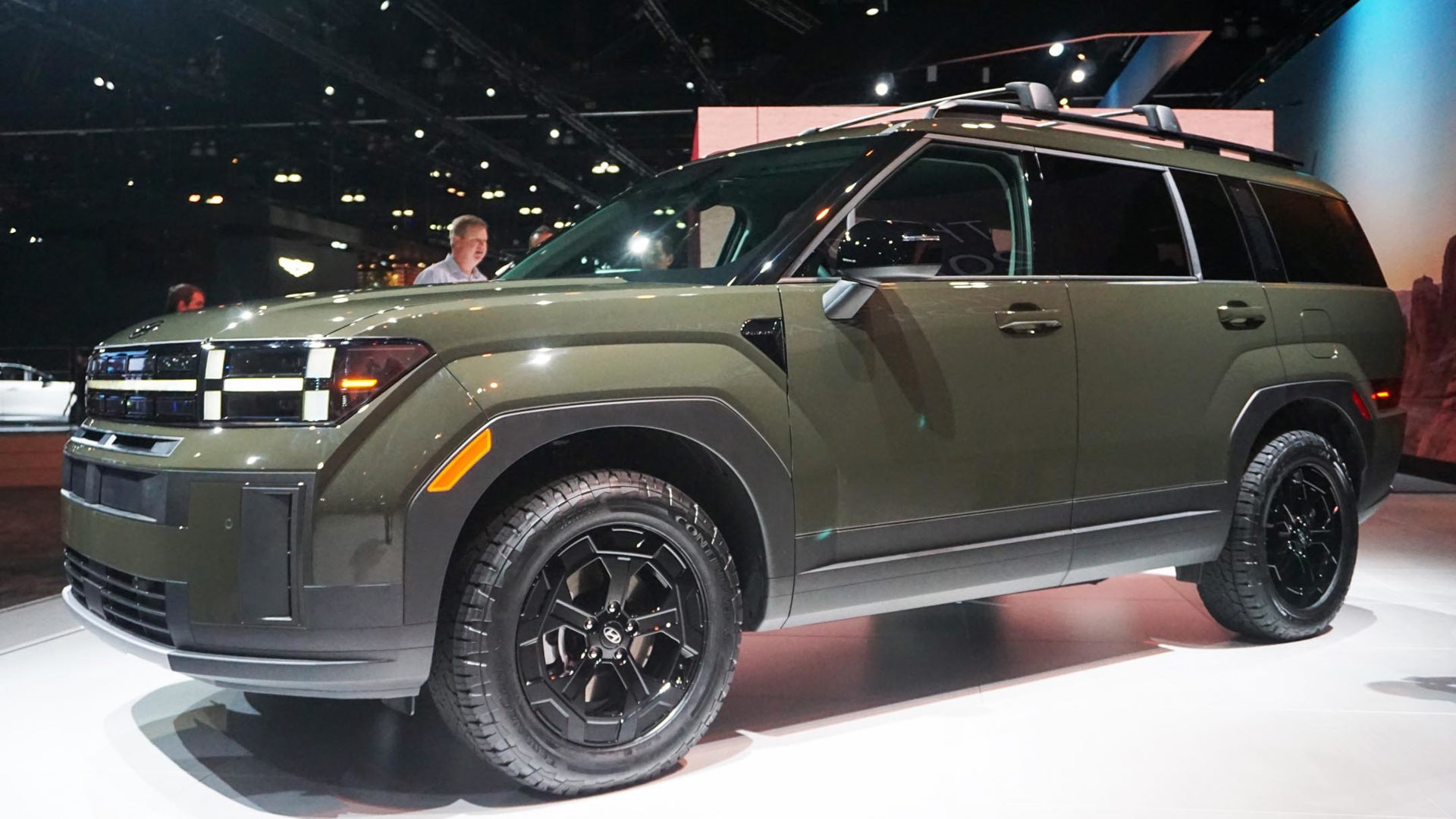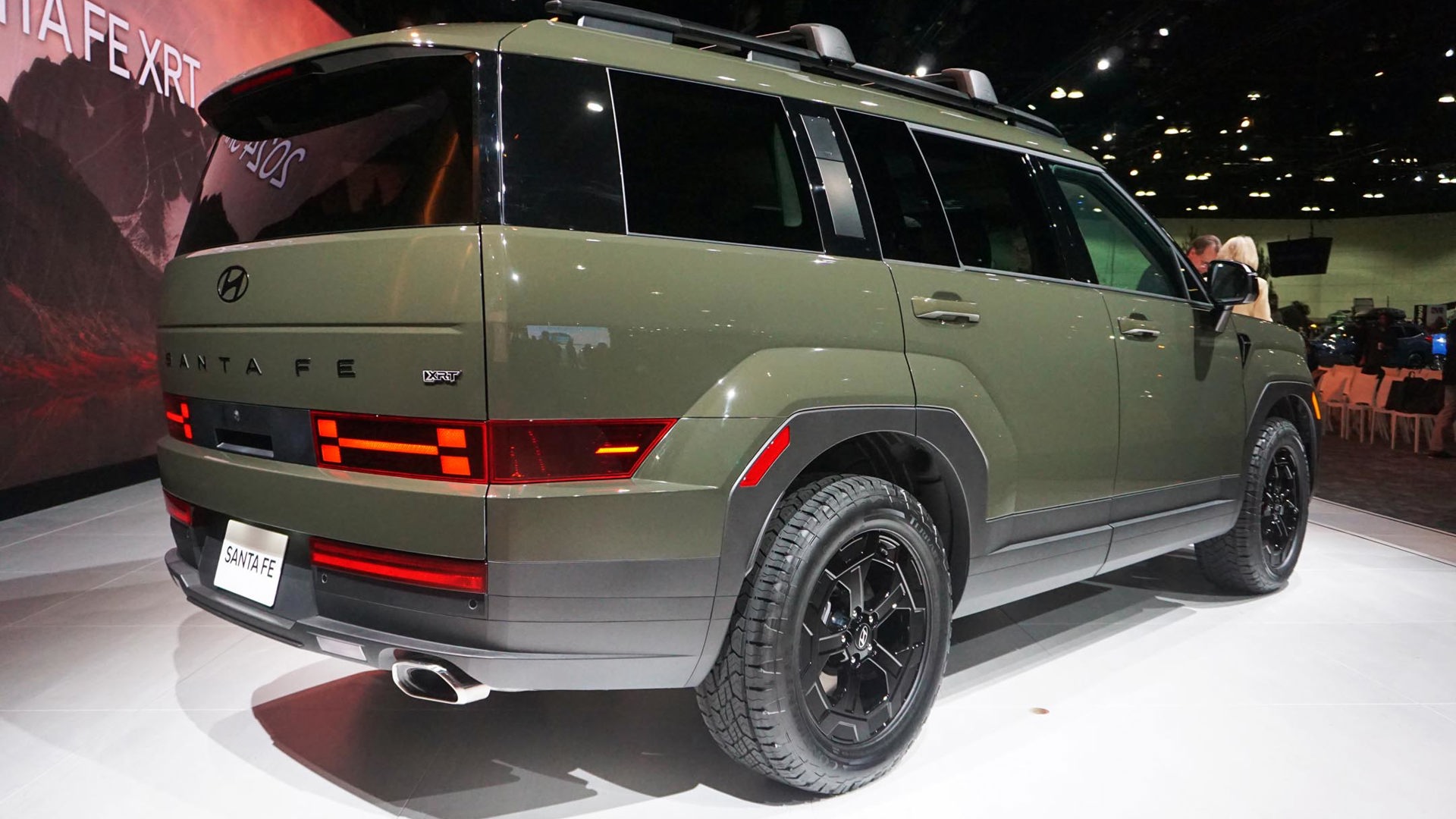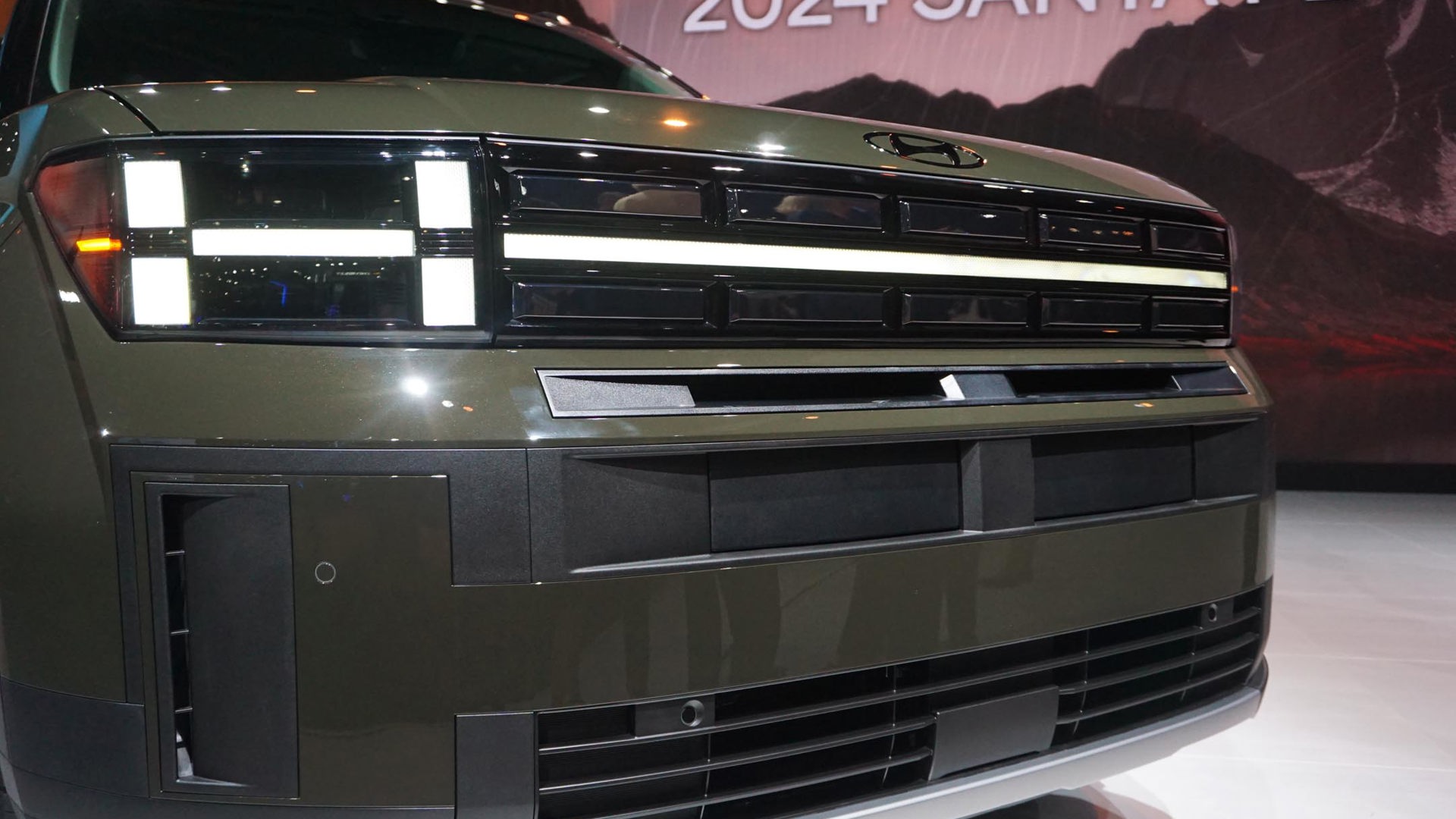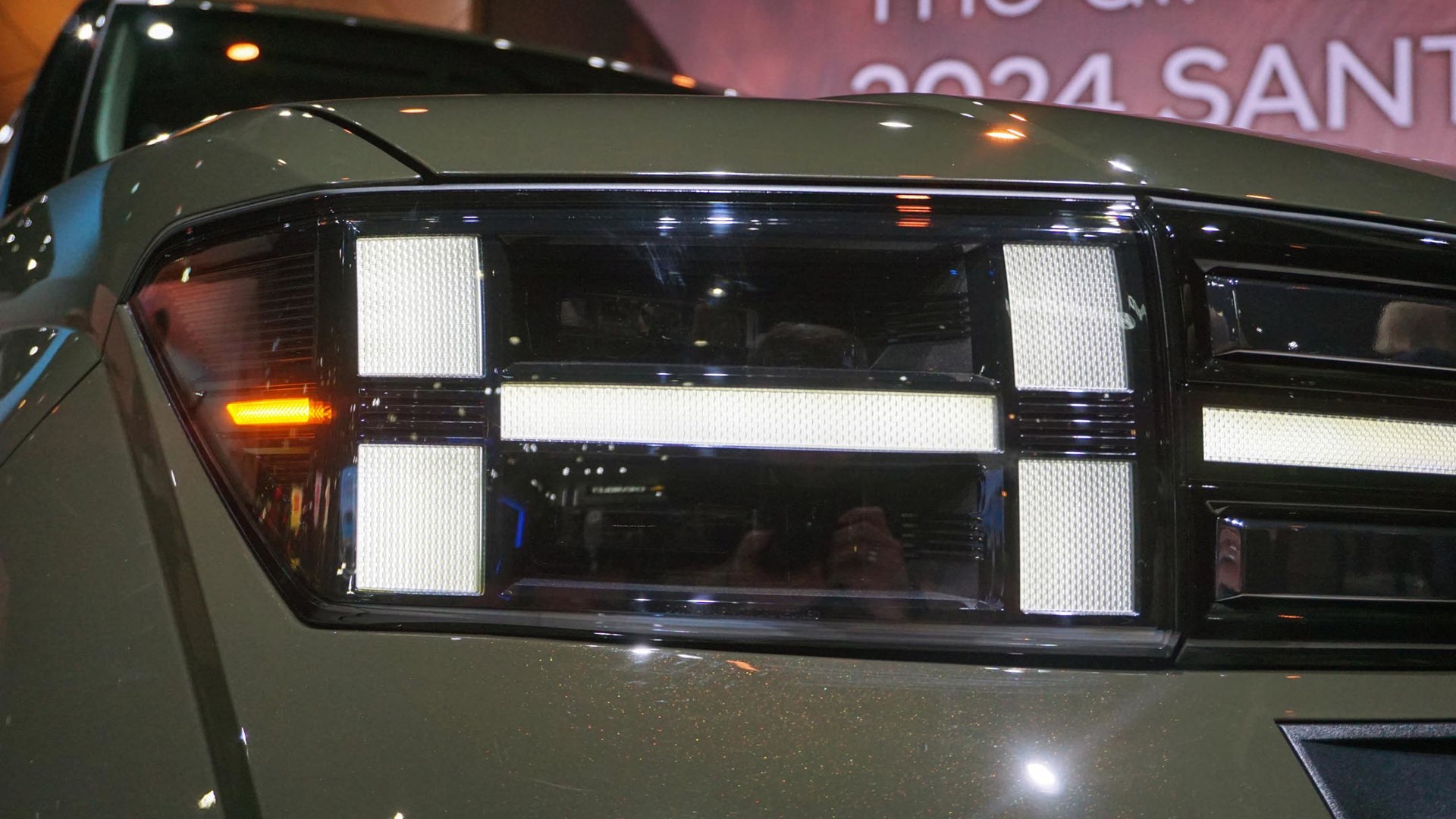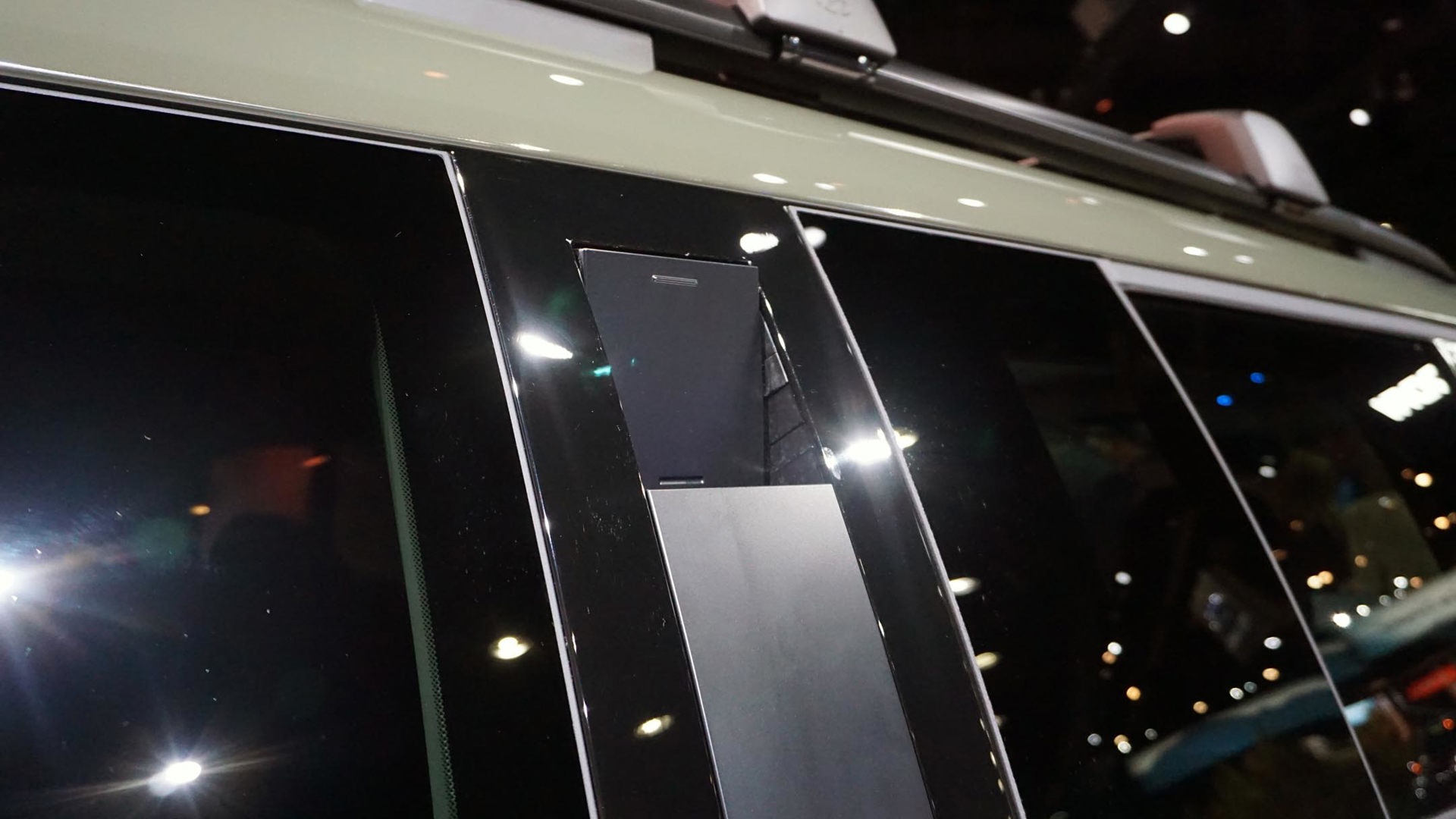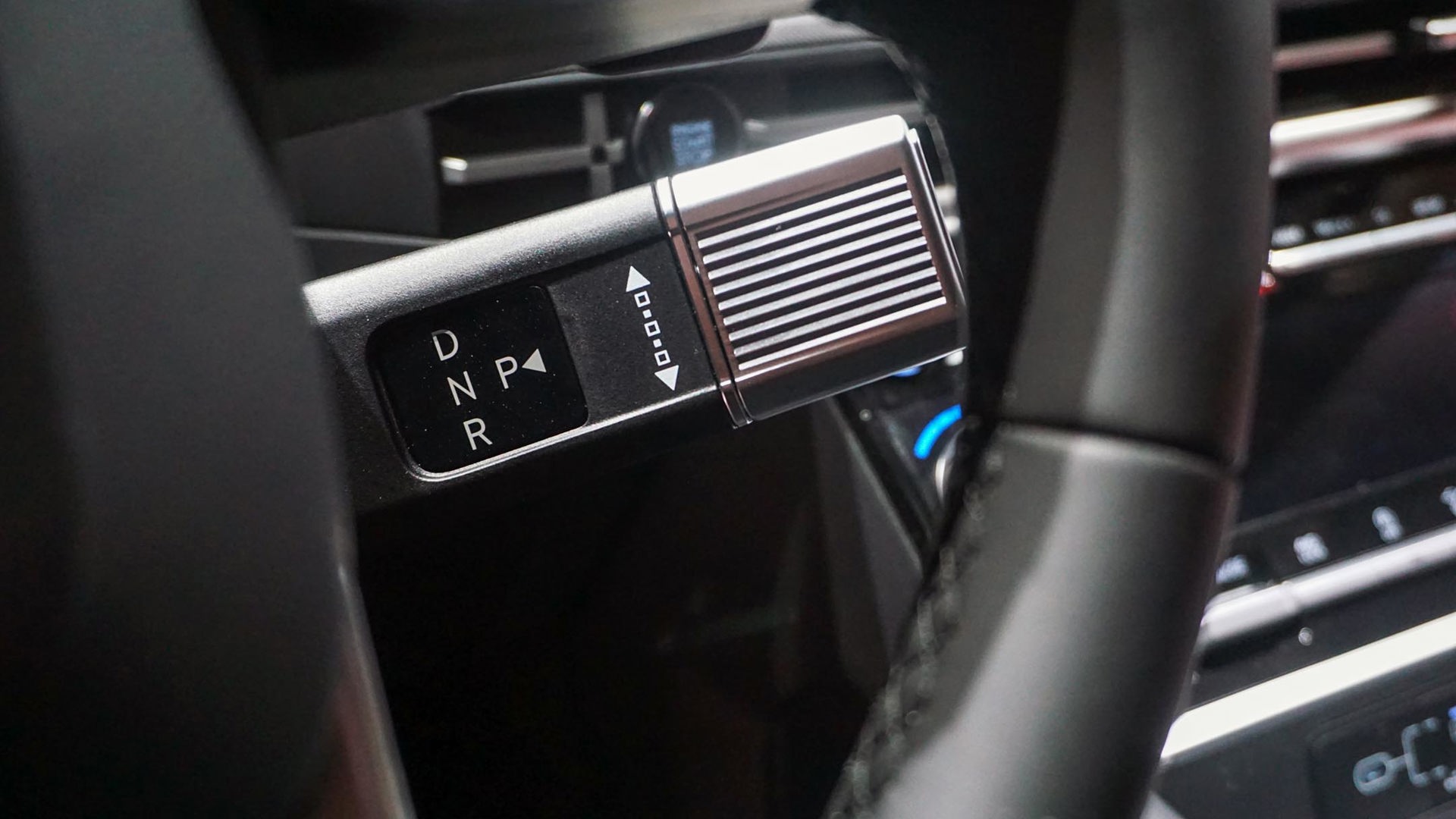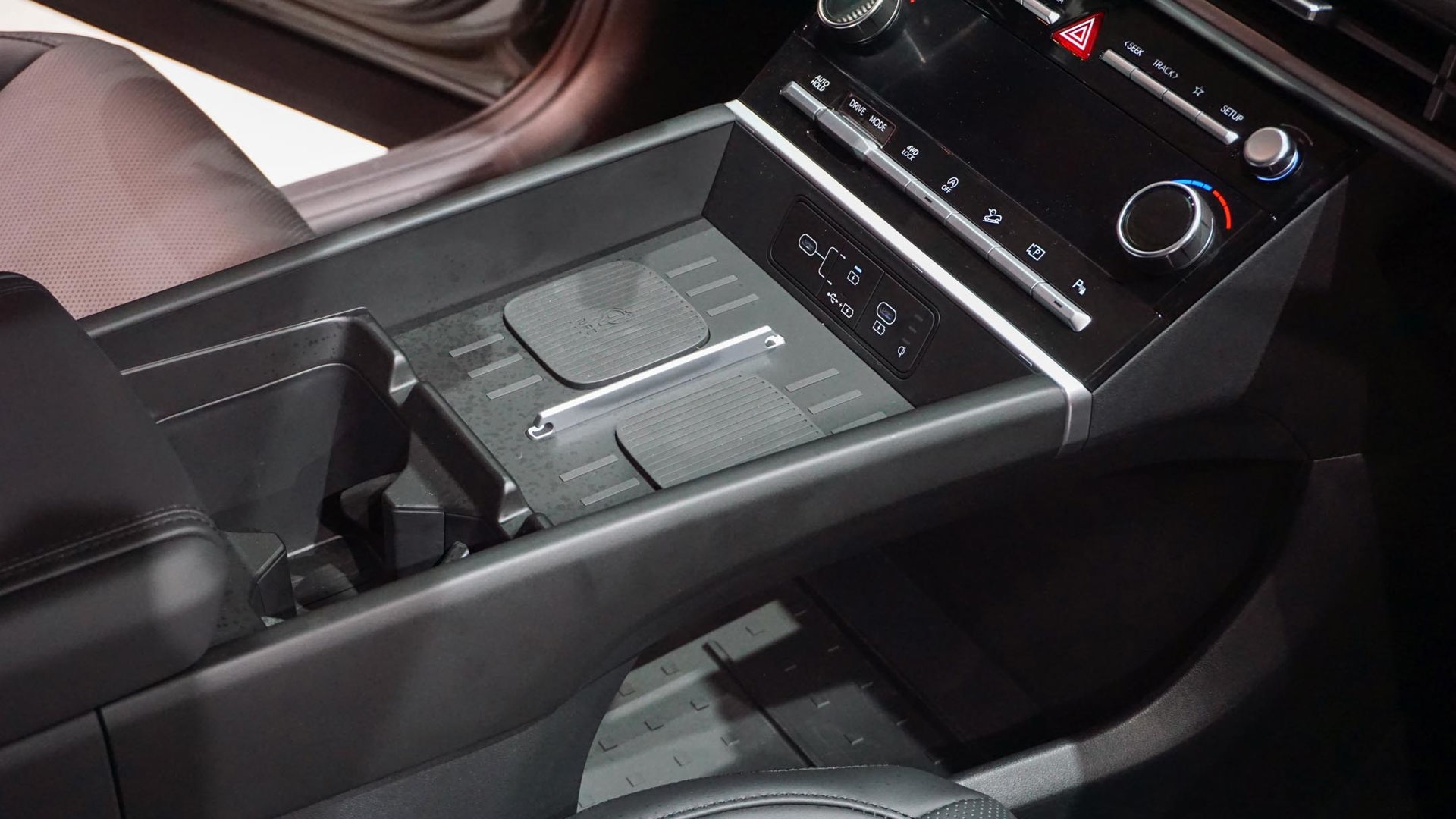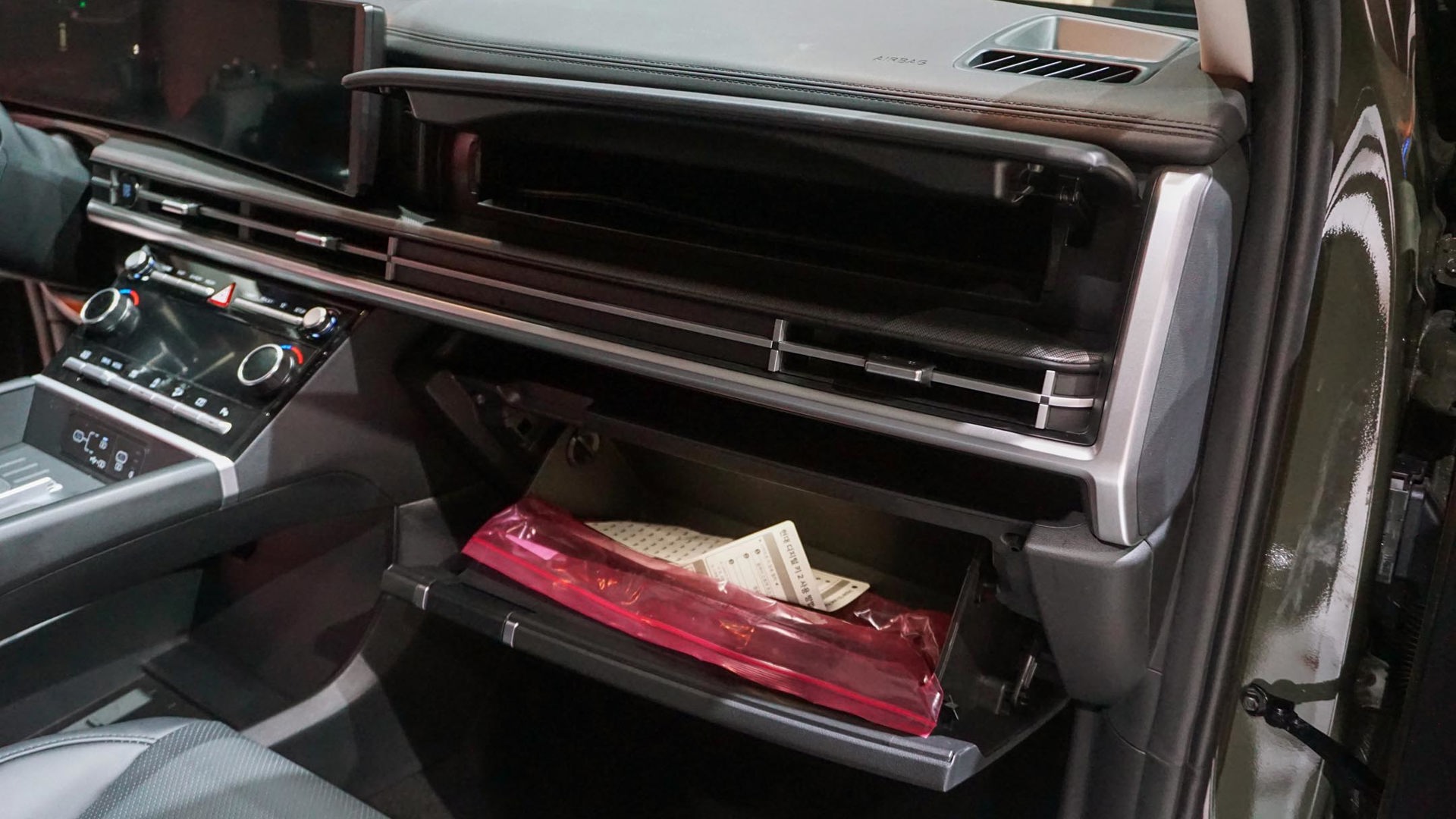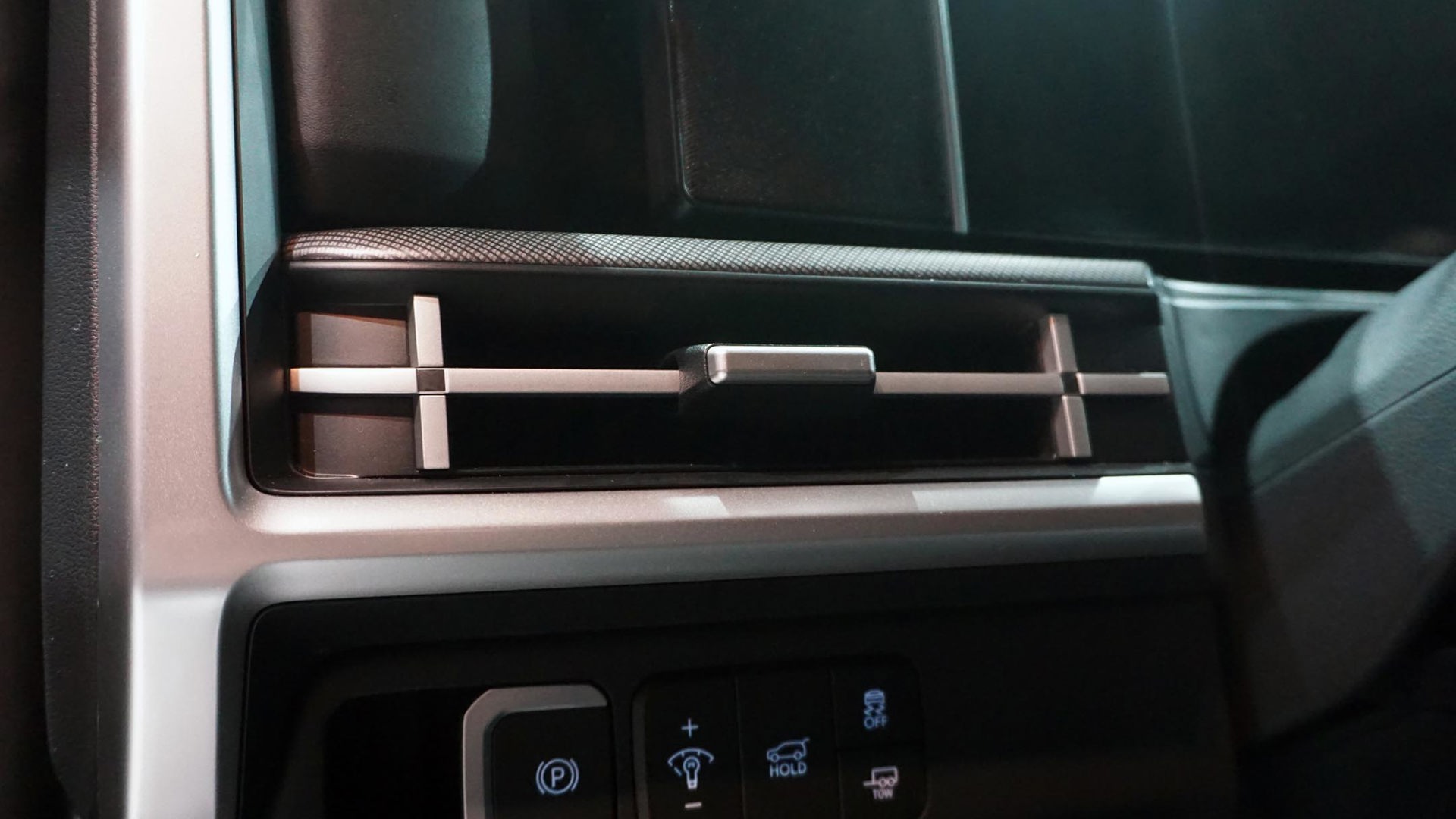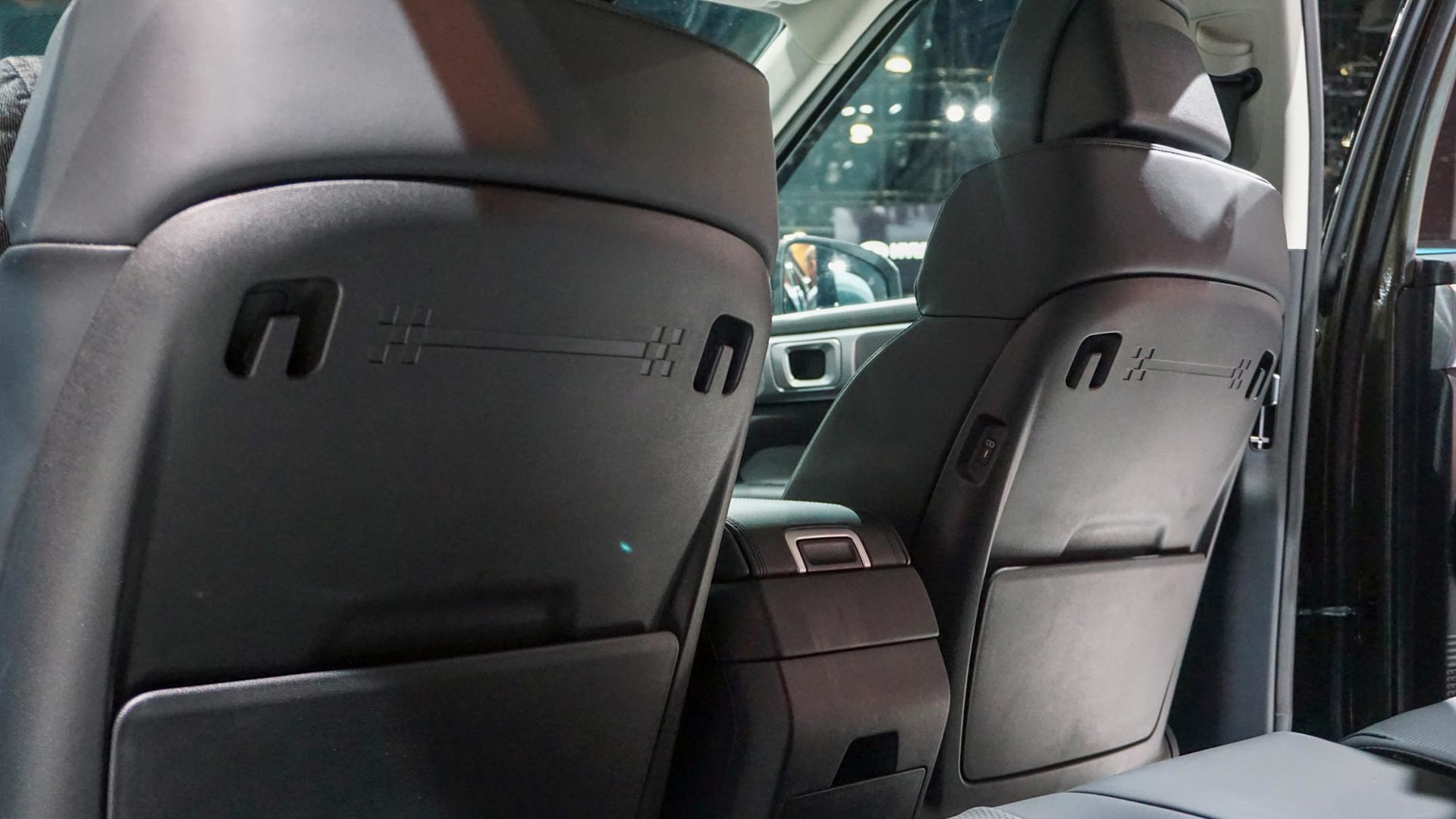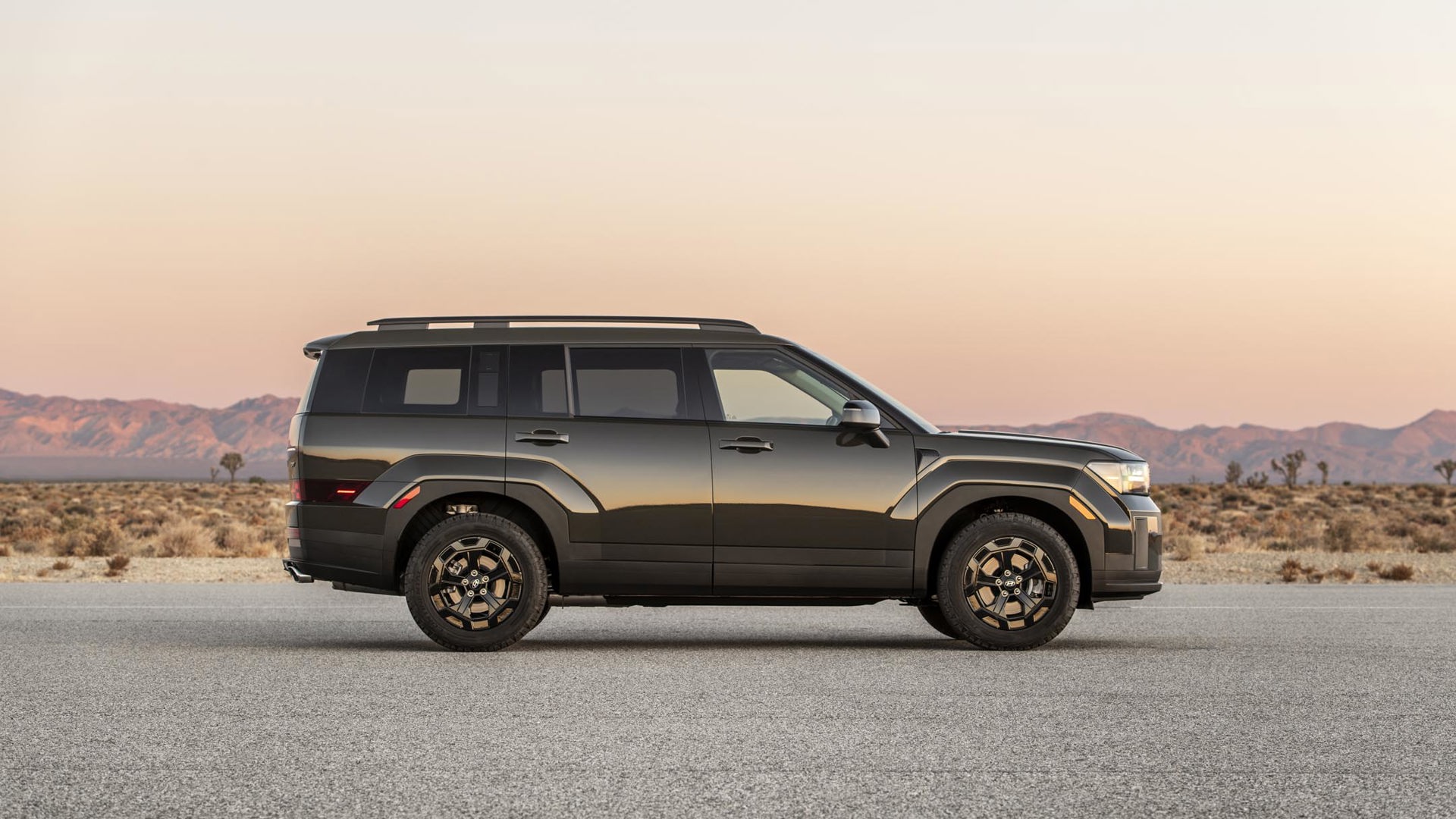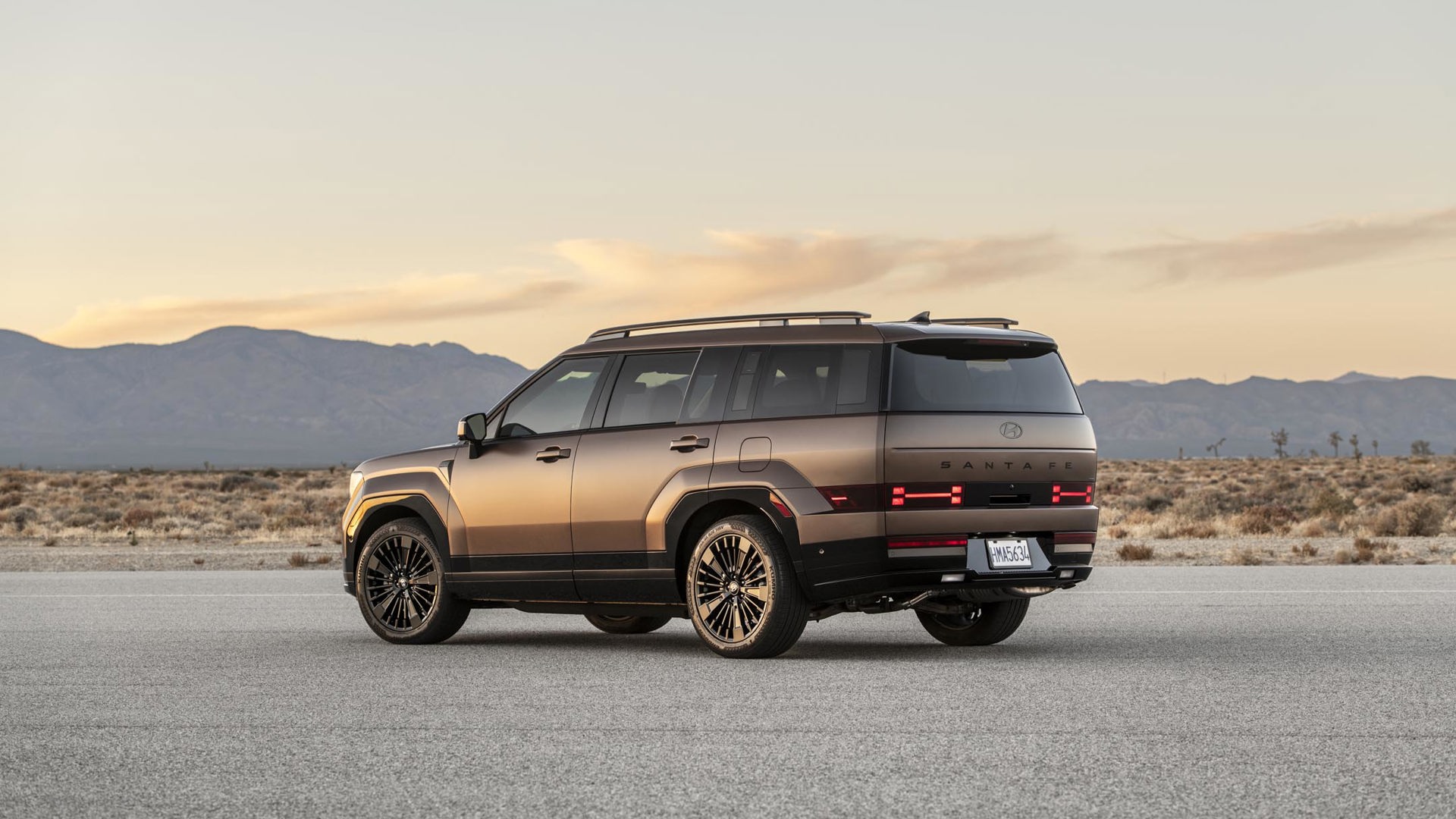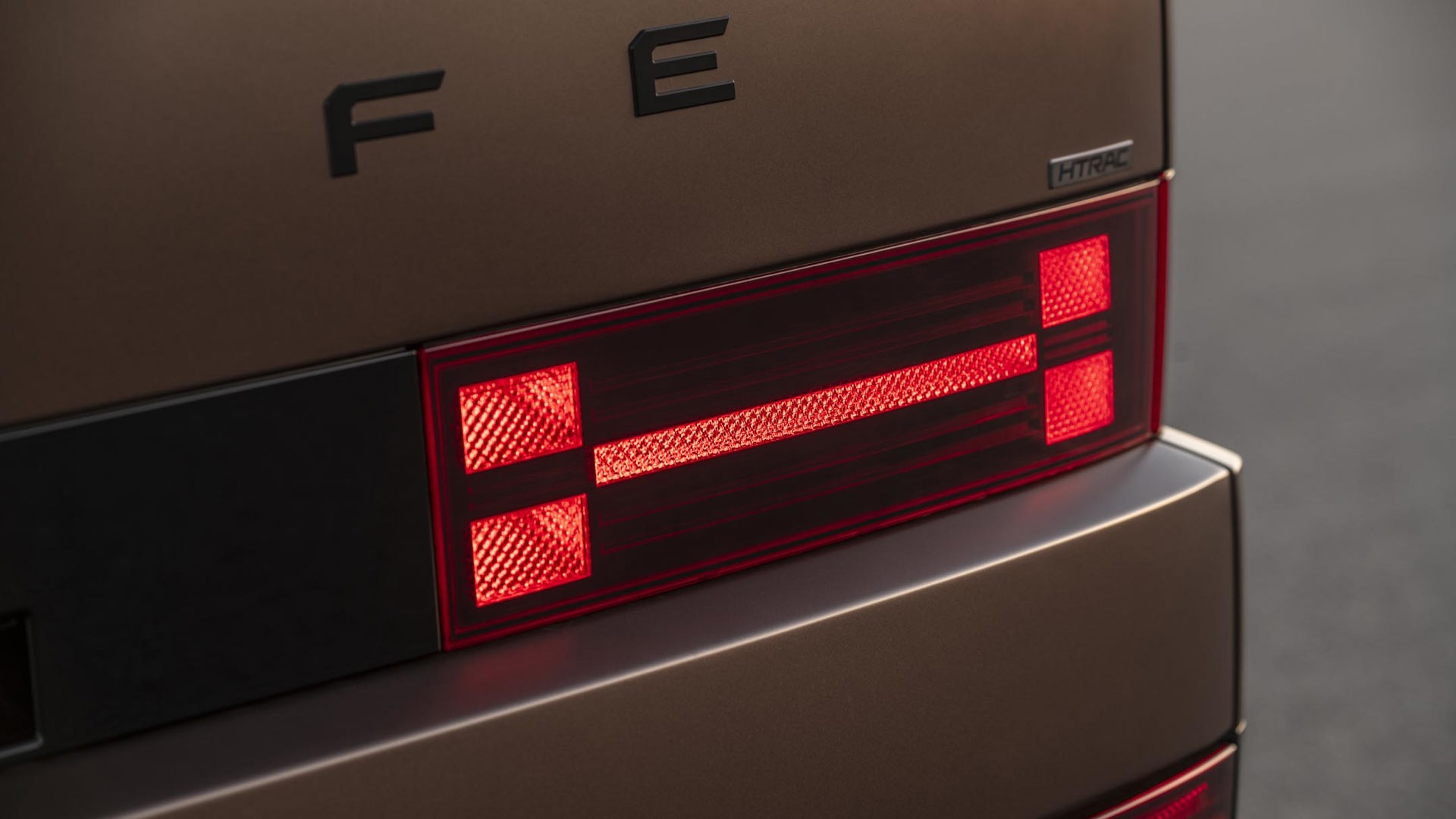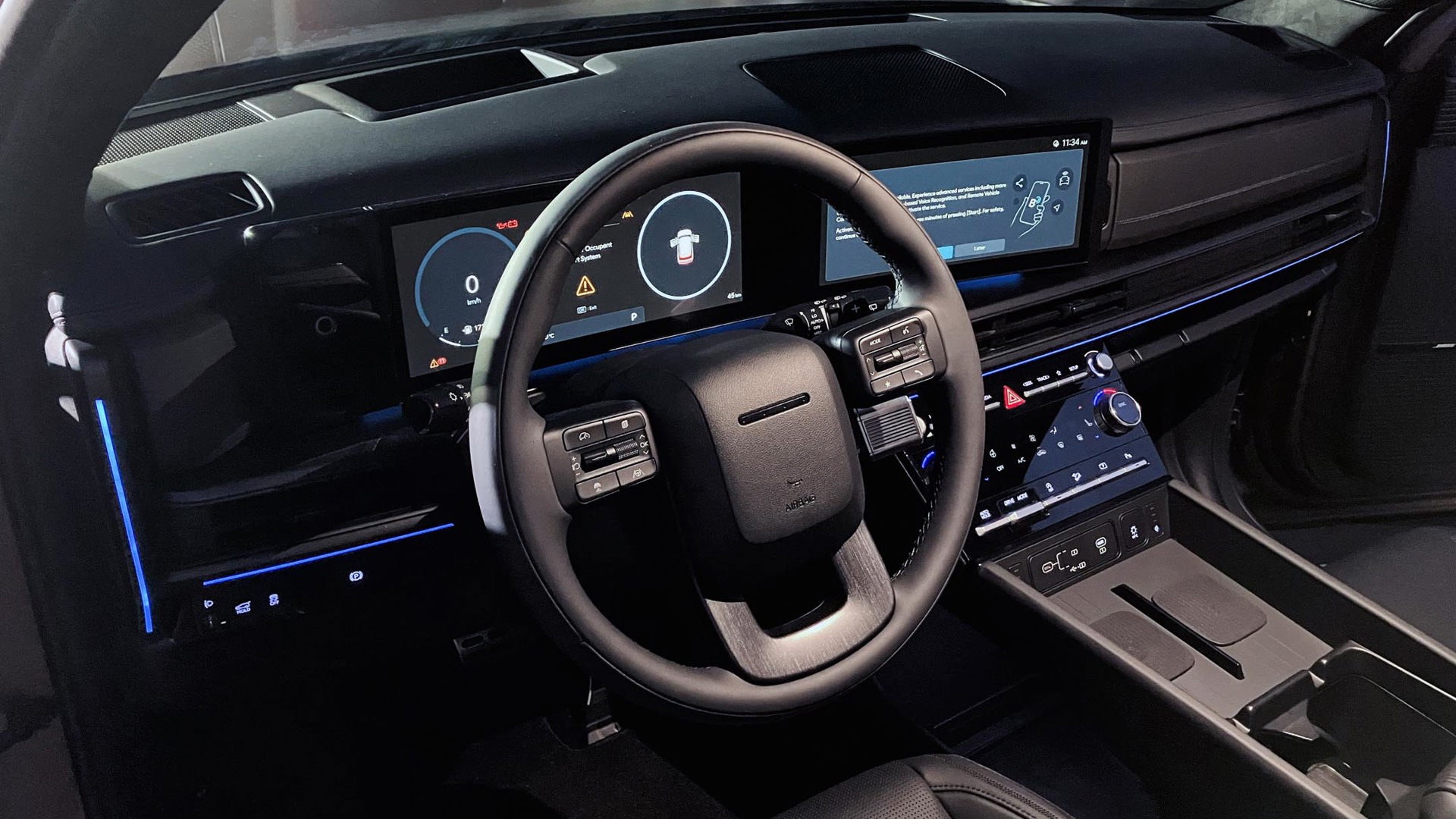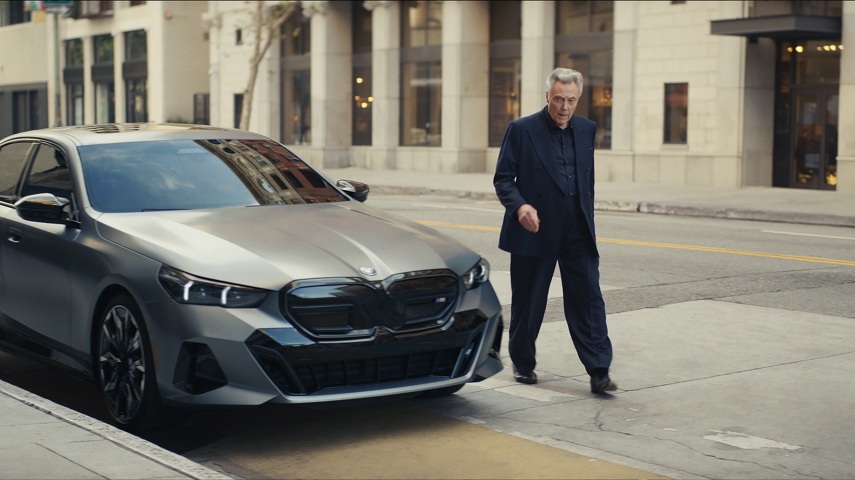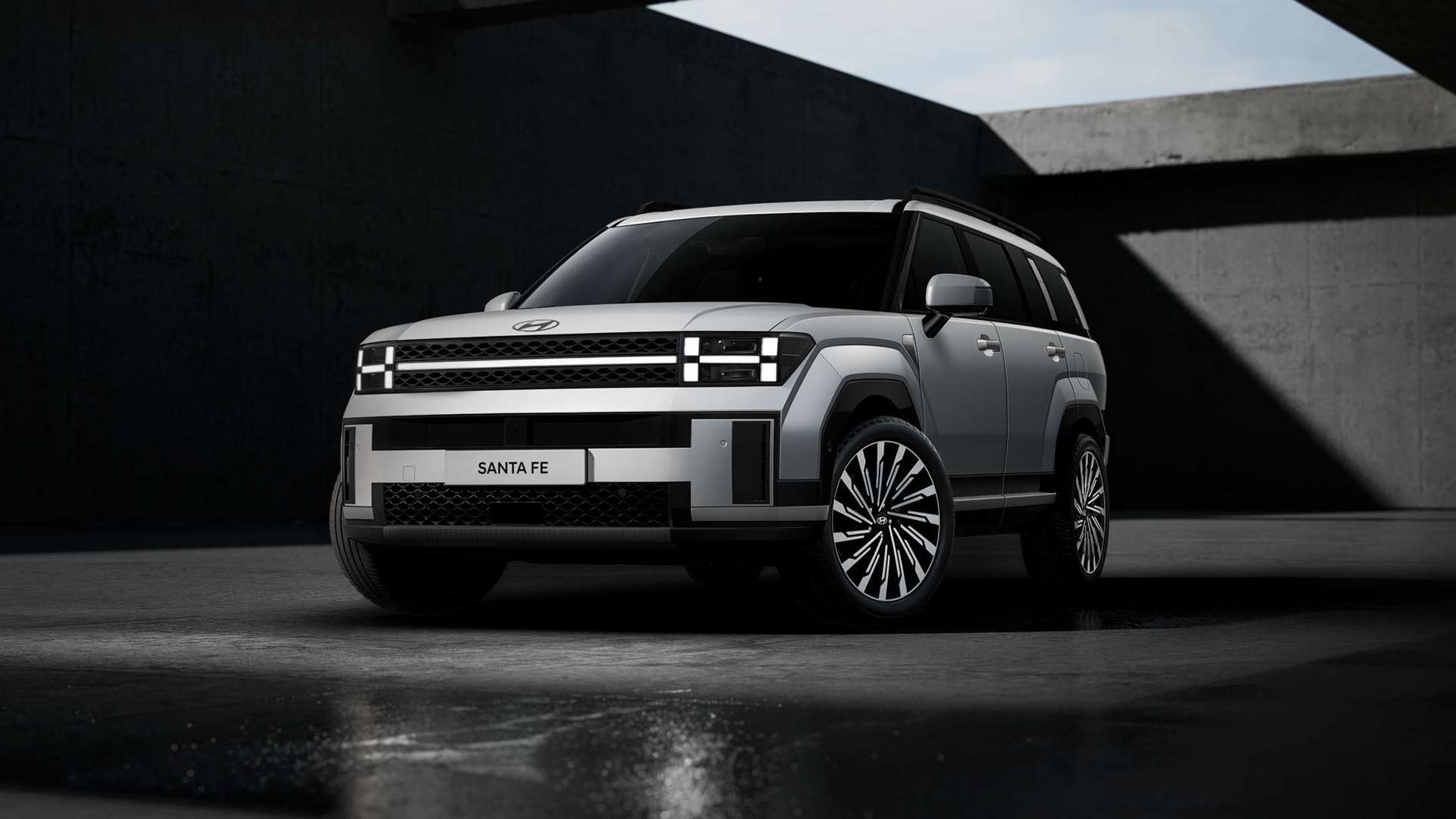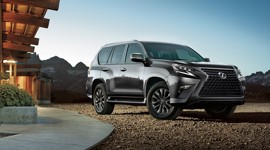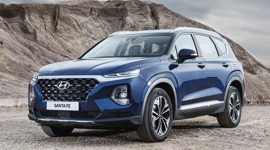You don’t need an art degree to recognize how different Hyundai’s designs are from one another.
To lean into a lame pun, this is entirely by design – a strategic choice that’s intended to communicate the uniqueness of each model in the lineup. That’s according to Hak Soo Ha, the man who heads up the Hyundai Design Studio in Irvine, Calif. He speaks softly but insightfully, dishing details about the redesigned 2024 Hyundai Santa Fe, an SUV that perfectly encapsulates an entirely different approach to design.
Not only does the new Santa Fe look unlike anything else in the brand’s lineup, but it shares nothing but its badges with the version that came before it. That’s perfectly fine from a practical sense, although it runs counter to the approach that’s more common in the industry – one that leans into a family resemblance to tie vehicles together. This, on the other hand, is the automotive equivalent of surrogacy.
Born of Necessity
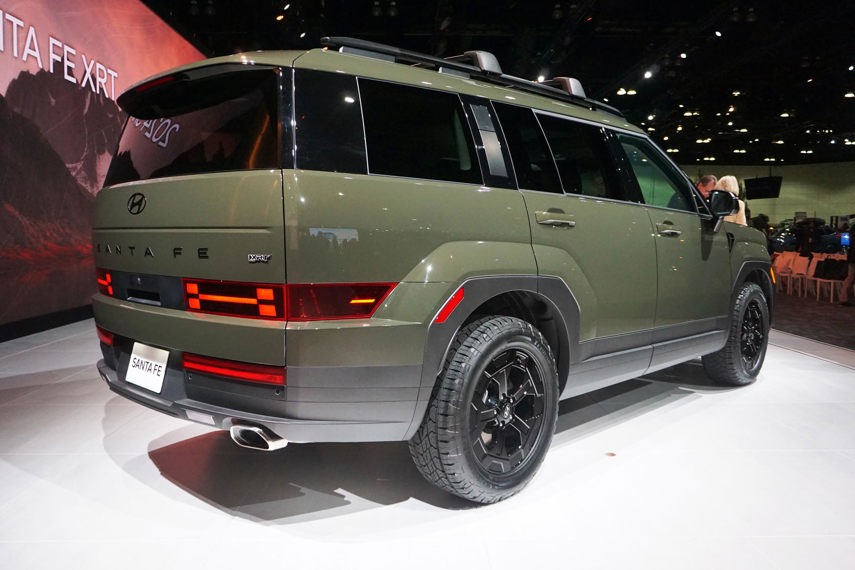
Interestingly, the design process for the 2024 Santa Fe started at the back. Specifically, it was the tailgate opening that the team kicked it all off with – a seemingly odd choice, except for the important context that ties it all together. Because development of this vehicle started just as the COVID-19 pandemic was getting underway. And with people embracing the outdoors in new ways, they decided to make this SUV a kind of companion for adventure.
“For it to be truly functional, we felt like it needed to be wide and tall,” Ha said of the tailgate opening.
That’s why the rear lights are located on the bumper rather than the corners of the vehicle. Doing so would have cut into the usability of the space, which Ha said the team wasn’t interested in giving up. When asked why the new Santa Fe wasn’t fitted with the kind of dual action tailgate that includes a window that can be opened independent of the rest, Ha cited weight and cost, both of which his team was trying to keep in check.
And indeed, the tailgate opening is significantly larger than last time, measuring 145 mm (5.7 in) wider. Meanwhile, cargo capacity comes in at 1,147 L with the new third-row seats stowed, slightly more than the outgoing Santa Fe that offered space for only five occupants instead.
Another touch that’s rooted (almost) entirely in functionality is the grab handle that’s hidden in the C-pillar on both sides of the Santa Fe. It provides a convenient place outside the vehicle to reach items stashed on the roof, and yet it doesn’t disrupt the sleek lines that make up the exterior design.
Leaning Into Electric
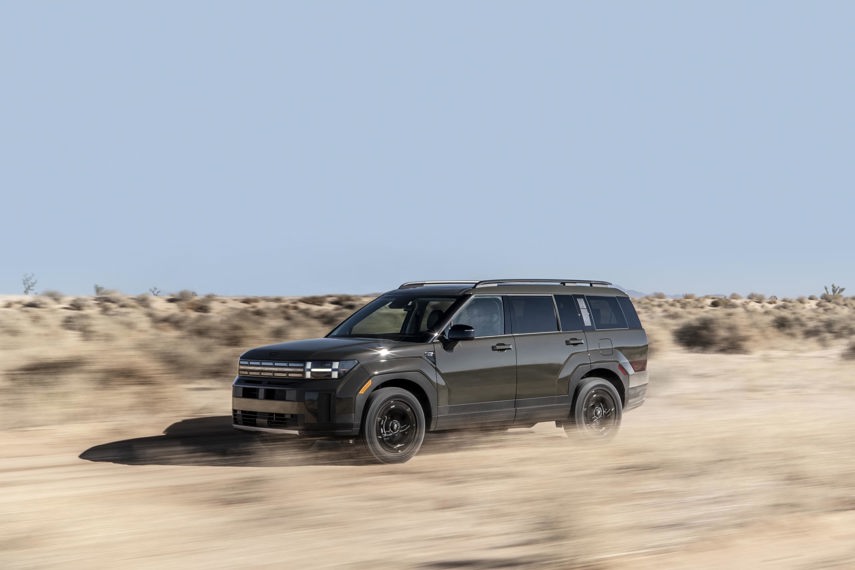
And that brings us back to the styling, which is decidedly different in every way from the rest of the lineup. According to Ha, it’s an intentional choice aimed at broadening the appeal of Hyundai’s products. He used Tesla’s offerings as an example of one model blending into the next – the antithesis of his employer’s approach.
“We recognize that customers buy cars because they have different needs, they have different lifestyles, different aesthetic preferences,” he said. “We want to cater to all different walks of life.”
Of course, the 2024 Santa Fe leans into an adventurous walk of life, especially with its new XRT trim; but then it’s still a classically stylish SUV that has aesthetic appeal that extends beyond the great outdoors. The H pattern hidden in the exterior lights and front bumper, for example – it serves no practical purpose other than looking good.
Ha described the Santa Fe as “very consistent inside and out,” which is accurate. That H pattern extends throughout the cabin, including on the HVAC vents and seatbacks. Plus the cabin is practical – and it’s inspired by Hyundai’s electric vehicle (EV) offerings, including the Ioniq 5 hatchback.
“Our top management started asking why EVs get all the good stuff,” Ha said with a laugh.
That’s where the steering column-mounted gear selector came from (the same one is found in the redesigned Hyundai Kona), while the dual-hinged console bin lid, seatback bag hooks, and dual glove boxes weren’t borrowed directly from the brand’s EVs, but they were a byproduct of the same approach to design.
“It’s very user-friendly, very kind of purposeful and function-driven, and yet it also enhances the aesthetics as well,” Ha said of the interior.
Dare to be Different
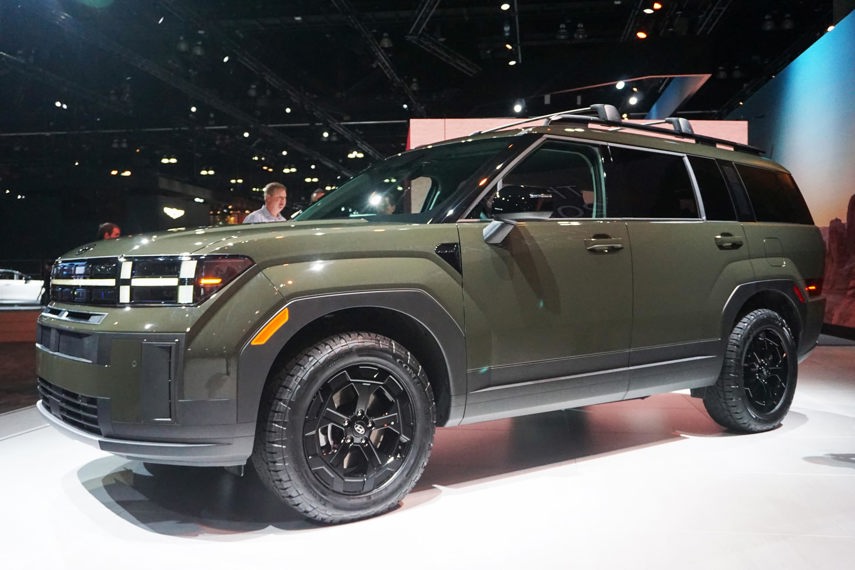
Ultimately, the success or failure of this or any other vehicle comes down to customer demand. That’s at least in part what has led Hyundai to this revelation about its revolutionary designs. Because this is a brand that’s built differently – that, for better or worse, isn’t hamstrung by the same constraints as rivals with legacies on the line.
That’s part of the reason why Hyundai’s designers can push the envelope beyond what their counterparts at other brands might be allowed to. And it’s why even a model with more than two decades of history like the Santa Fe can be taken in such a bold new direction.
“Customers don’t necessarily have loyalty to our brand or what we’ve been doing, so we’re not tied so much to tradition or our heritage,” Ha said. “Our customers embrace something that’s new (and) innovative.”

